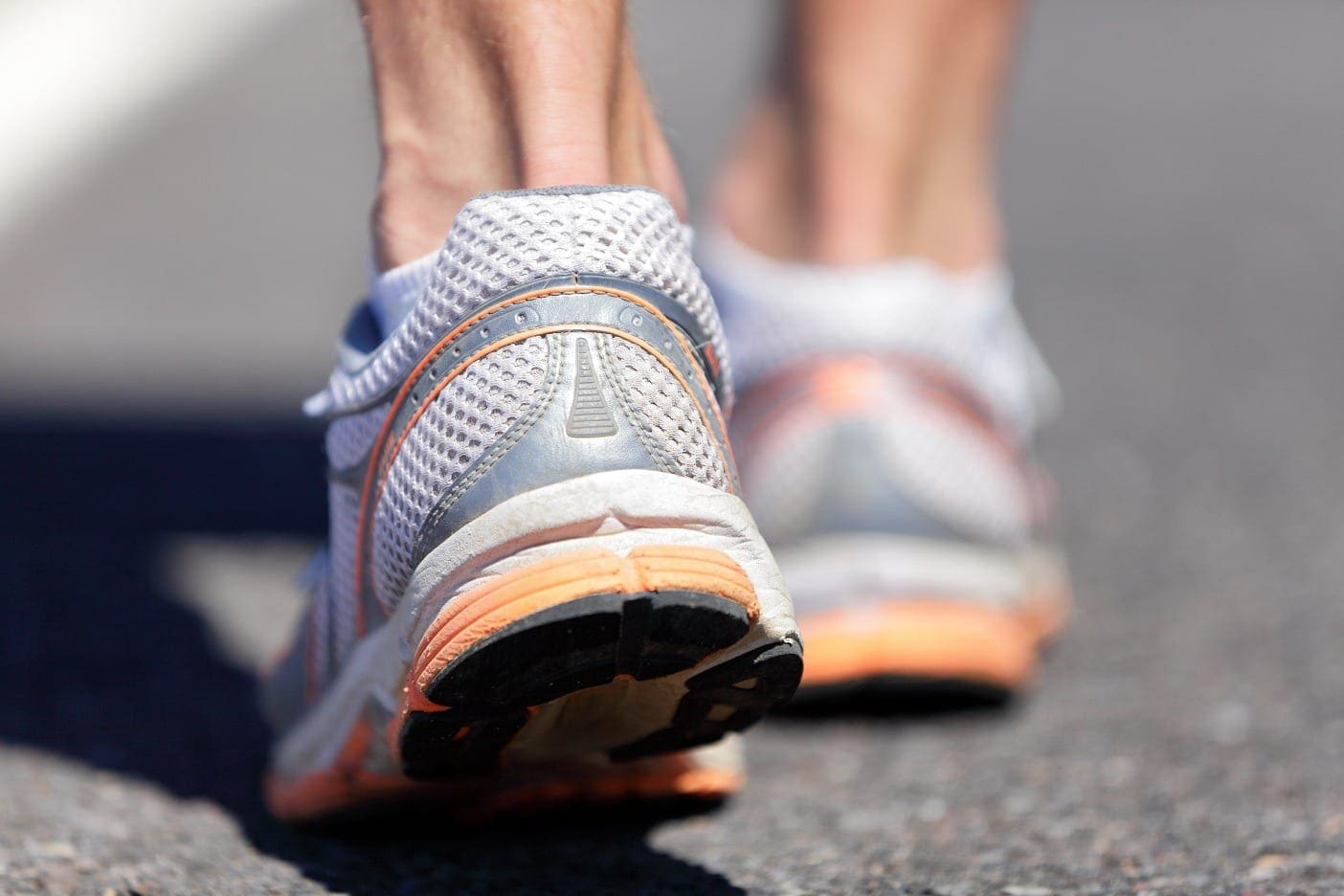
Being an athlete already puts you at so much risk for injuries. However, the risk often seems to be worth the reward—playing sports is fulfilling a passion that so many have which makes them much more willing to compete and put themselves into a position with the possibility of severe injury that can have a direct impact on their lifestyle.
Plantar fasciitis is one of the most common injuries found with athletes. It occurs more often with those run in their sport. In fact, plantar fasciitis is so common in running that is it nicknamed “Runner’s Heel”.
This injury is defined as a sharp pain in the heel and in the arch of your foot. Athletes get it because of the repetitive motion—regardless of what type of athlete you are. You can be a consistent and constant runner or you can be overweight—plantar fasciitis doesn’t discriminate.
What is Plantar Fasciitis?
This condition is defined as the irritation of the plantar fascia. This is where the fascia attaches directly to the heel bone. The fascia runs along the bottom of the foot.
If you are feeling pain at the bottom of the inside of your heel and it is causing tenderness while you’re walking, running or simply stepping—especially in the morning—you can probably rule out a lot of other injuries and focus on beginning treatment of plantar fasciitis.
This type of pain is often felt right in the morning after you wake up, especially, because, during the night, the fascia will have stiffened and shortened. Think of spaghetti. If you leave it out for too long—it gets stiff. The fascia is like a coil that needs to be worked to make it springy again. If it sits too long—it’ll rust. Therefore, the more you walk around on your plantar fasciitis, the pain will often tend to subside.
The pain is often felt in athletes at the insertion point of the heel, where the plantar fascia is the thickest, which also causes the collagen fibers to degenerate or weaken. The plantar fasciitis may lead to tearing and stress in the soft tissue, as well, which can bring any type of athlete out of training.
Since it puts athletes out of training, they often find the most effective and quickest ways to treat it so they can get back to playing or competing. Even though you probably feel like they heal so quickly—or at least much quicker than you—it’s usually because their body is in better shape and can, therefore, bounce back much faster since it’s conditioned.
How can you treat plantar fasciitis?
Some ways to treat plantar fasciitis that your doctor will recommend or that you can self-treat are:
- You can invest in arch supports or wearing inserts in your shoes that can support your feet while you’re running or walking.
- You can change your shoes altogether—especially if your shoes are older or are not tailored specifically for running.
- You can actually use tape (the athletic kind) to tape the arch of the foot if you’re going to go out for a run or a walk
- You can get massages to alleviate the pain.
- You can roll the foot out with a tennis ball or foam roller and stretch the foot out—especially the fascia.
- You can roll the calves out with a tennis ball as well, or a foam roller.
- You can complete and focus on strengthening exercises that will help provide you with support.
- During the night, especially since this is the time of day when the fascia is shortened, you can wear a splint so that the foot is held in a semi-stretched out position.
- If all else fails, you can talk to your doctor about cortisone injections or electro-stimulation.
Why do athletes seem to see their plantar fasciitis clear so quickly?
The reason why athletes often heal much faster than non-athletes is that they tend to, but not always have a faster healing process in their bodies. When it comes to plantar fasciitis, the body has to naturally heal itself. Although you can always complete these “treatments” discussed above, it doesn’t guarantee you much success to fully recovering from plantar fasciitis. Some athletes also simply push through it and the body heals itself—eventually. This isn’t recommended but can give the illusion that they are okay when really, they’re just gritting their teeth and running through it.
With rest, working on ankle and foot mobility, as well as strengthening your calf and foot muscles, any of the treatments above can also help out the healing process. It’s one of those injuries where it just simply takes time.
The key here is to pinpoint and identify the problem. If you aren’t certain of what type of plantar fasciitis you have or how bad it is, you might be making it worse.
Although most athletes are familiar with this injury and often self-diagnose it, you shouldn’t do the same yourself if you’re not familiar with your foot injuries. If you are not familiar with intense athletic regimens, we recommend you see your doctor to get diagnosed correctly. A foot and ankle doctor can diagnose the proper treatment for the specific injury and injury degree that you have.
The most success when dealing with these injuries is found when you directly deal with a professional who is there to help you.
Bottom line
Plantar fasciitis can be extremely painful and leave you sidelined for a bit. However. it’s not the end of the world. It’s not the worst foot injury you can have. With some patience and time, you’ll probably find that it will heal on its own. Regardless if you are an avid runner or just starting to work out, be mindful of pain. It’s important that you take care of your heels if you are beginning to feel the symptoms of plantar fasciitis. Even though it is not serious in many cases, it can lead to worse injuries if not taken care of properly. We always advise you to see your local foot doctor to help diagnose and treat injuries before you get back out there.

